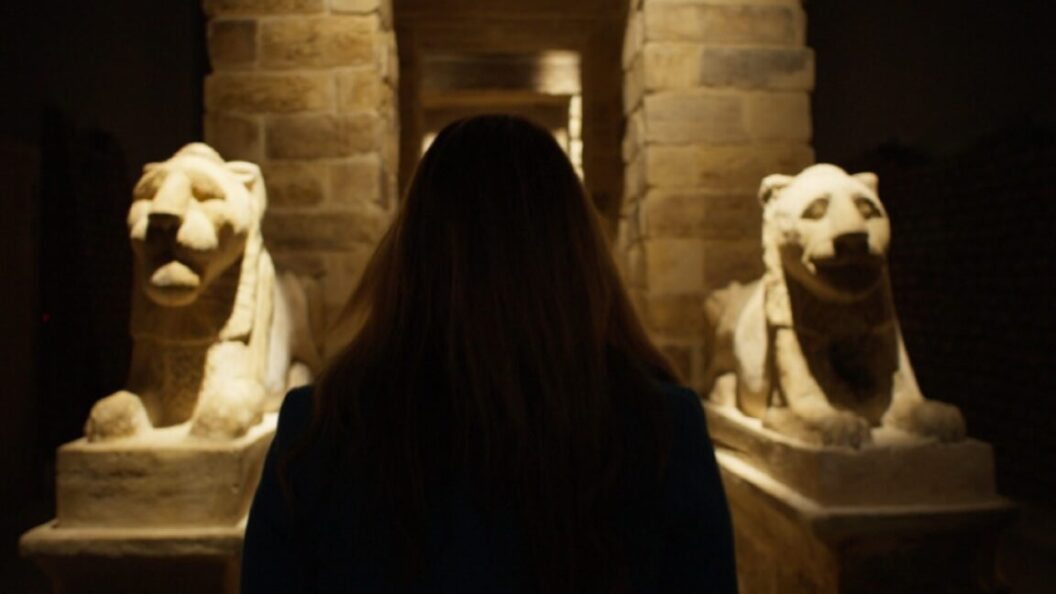The Search for Cleopatra’s Tomb: A Modern Investigation
Introduction
The enigmatic figure of Cleopatra, the last active ruler of the Ptolemaic Kingdom of Egypt, continues to captivate historians, archaeologists, and the public alike. For centuries, the quest to uncover her final resting place has sparked intrigue and speculation. Although no conclusive evidence has been found to date, some researchers believe they are on the brink of a significant discovery. This article explores the ongoing efforts to locate Cleopatra’s tomb, particularly the interesting findings of archaeologist Kathleen Martinez at the site of Taposiris Magna.
A 20-Year Journey
Kathleen Martinez, a National Geographic explorer with a background in both archaeology and criminal law, has dedicated nearly two decades to investigating the potential location of Cleopatra’s tomb. Martinez postulates that the queen was buried near the ancient city of Alexandria, aligning her research with the longstanding belief that Cleopatra’s final resting place lies close to the royal palace. Her journey has culminated in a new documentary titled Cleopatra’s Final Secret, which chronicles her findings, including the recent discovery of an ancient submerged port off the Mediterranean coast, believed to have once served as part of a temple linked to Cleopatra.
An Analytical Approach
Drawing on her training as a lawyer, Martinez treats the search for Cleopatra’s tomb with a forensic mindset. “I tried to understand her personality, who were her friends, who were her enemies,” she explained. This approach has led Martinez to hypothesize that Cleopatra may have employed secretive methods to facilitate her burial, potentially using hidden tunnels to transport her body to a clandestine resting place. Such speculation aligns with historical accounts of Cleopatra’s life as a cunning strategist, adept at planning for various outcomes.
Cleopatra’s Last Moments
The myths surrounding Cleopatra’s death are as gripping as her life. It is said that she died from the bite of an asp, a snake symbolizing wisdom and royalty in Egyptian culture. Martinez questions this narrative, emphasizing that Cleopatra had options. She speculates that the queen might have merely chosen the venom, possibly mixed into food or drink, rather than risking the drama of an actual snake bite. This perspective reflects not only an analytical inquiry into the circumstances of her death but also highlights the symbolic nature of her choices.
Symbolism and Representation
Martinez posits that the involvement of a cobra in Cleopatra’s death was emblematic rather than practical. According to Egyptian mythology, the cobra is linked to the goddess Isis, a figure Cleopatra sought to embody during her reign. “It was the symbolism. She was dying, but she was dying as Isis, as a goddess, not as a prisoner,” Martinez elaborates. This interpretation suggests that Cleopatra’s death was not just an ending but a transformation, reinforcing her legendary status in history.
The Taposiris Magna Hypothesis
The Taposiris Magna site has emerged as a focal point for Martinez’s research. The discovery of a submerged ancient port adds a new layer to the narrative surrounding Cleopatra’s burial. Based on historical writings, including those of the poet Petrarch, Martinez believes that the temple devoted to Isis would have served as a fitting final resting place for the iconic queen. Despite the long-standing search that remains largely unfruitful, Martinez’s assertions provide a fresh perspective and reignite interest in one of history’s most iconic figures.
Controversies and Implications
While Martinez’s theories contribute to a growing narrative surrounding Cleopatra’s legacy, some archaeologists remain skeptical. The assertion that Cleopatra could have concealed her burial through strategic planning raises questions about the nature of her final moments and the actual historical context. Nonetheless, these discussions underscore the complexities of historical interpretation and the valuable insights that modern science and archaeology can offer.
Conclusion
The quest to locate Cleopatra’s tomb at Taposiris Magna is not merely an archaeological endeavor; it is a journey into the heart of legend and the human experience. As Kathleen Martinez continues her investigations, her findings and hypotheses could potentially reshape our understanding of Cleopatra and her life, transforming her from a historical figure into one of enduring myth. The importance of these explorations extends beyond the confines of antiquity, prompting modern audiences to reflect on the nature of legacy, identity, and the stories we create around monumental figures in history. As the search continues, the fascination with Cleopatra endures, promising to uncover secrets long buried beneath the sands of time.









